Google Assistant can help you perform several functions both on your phone and on a smart speaker. You can listen to your favorite music tracks, ask for weather updates, and even make calls via Google Duo. While anyone can trigger the Google Assistant on your device, Google has a neat little feature that can display personal results only when you activate it with your voice.

This feature is known as Voice Match and it doesn’t reveal personal results for queries like your calendar events, contacts, etc., to someone else saying the same wake up command – OK Google. This is very convenient, but the feature depends on recognizing your voice as accurately as possible. If you’re having issues with it, here’s how you can fix the Google Assistant voice match not working on your phone or smart speaker.
1. Ensure the Language on Google Assistant Is the Same as Your Phone’s Language
The Voice Match fails to work when there’s a conflict between the default language of your phone and the language set on Google Assistant. Changing the language on Google Assitant to match the one set as your phone’s language should solve the problem. Here’s how to do it.
Step 1: Open the Settings app on your smartphone and scroll down to select the General management option.
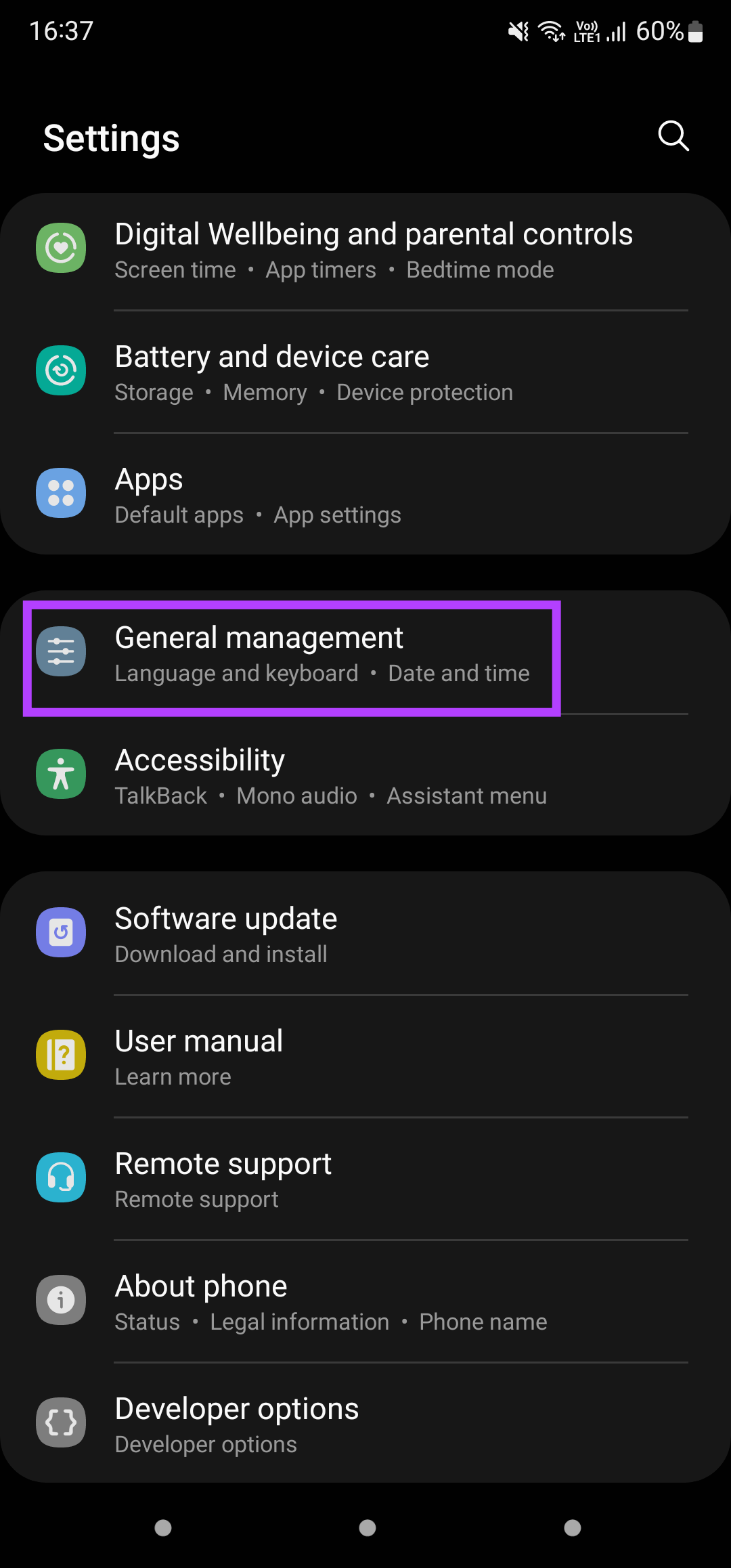
Step 2: The Language section at the top shows the default language that is set on your phone. Note the language set.
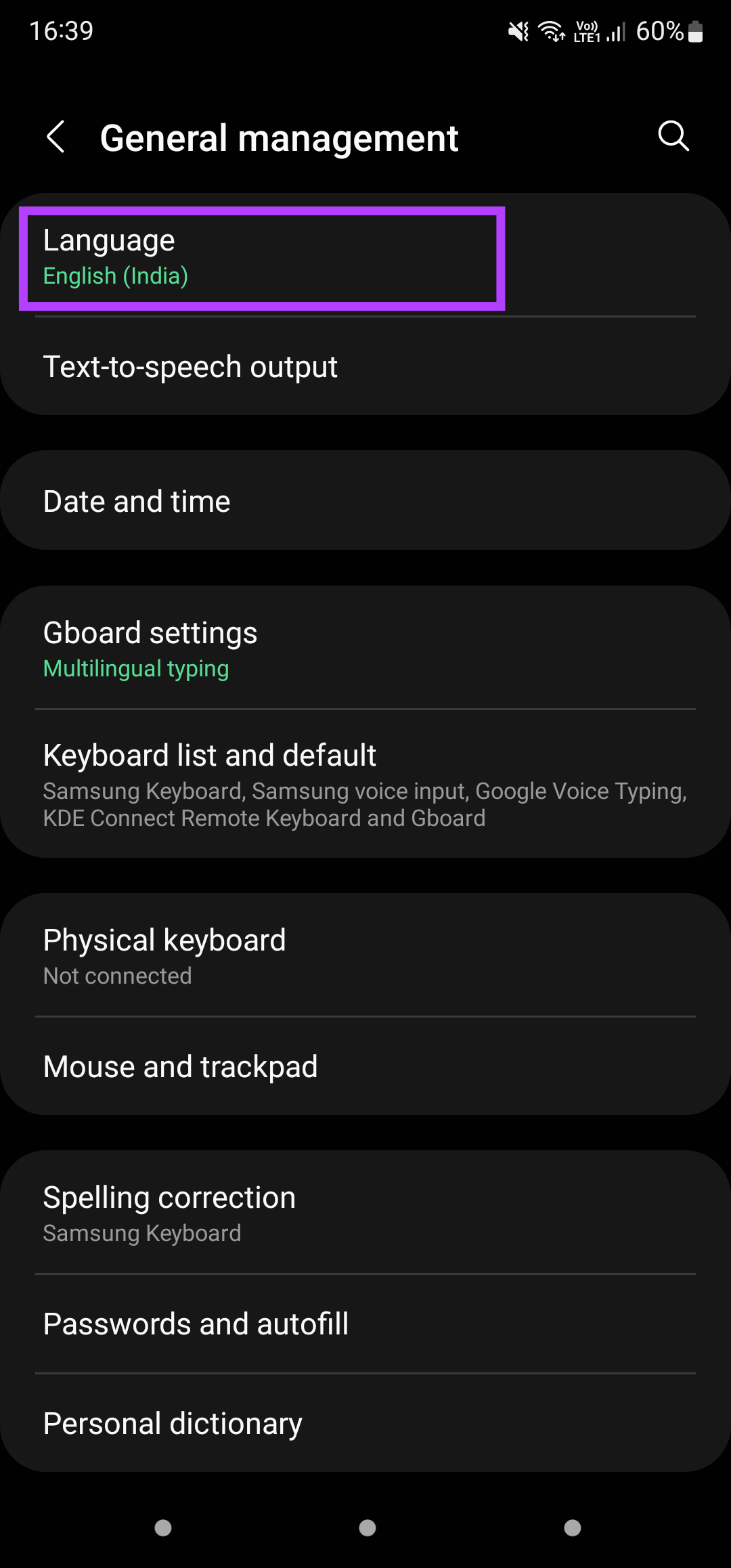
Step 3: Open the Google app on your smartphone.
Step 4: Tap on your profile picture in the top-right corner of the screen.
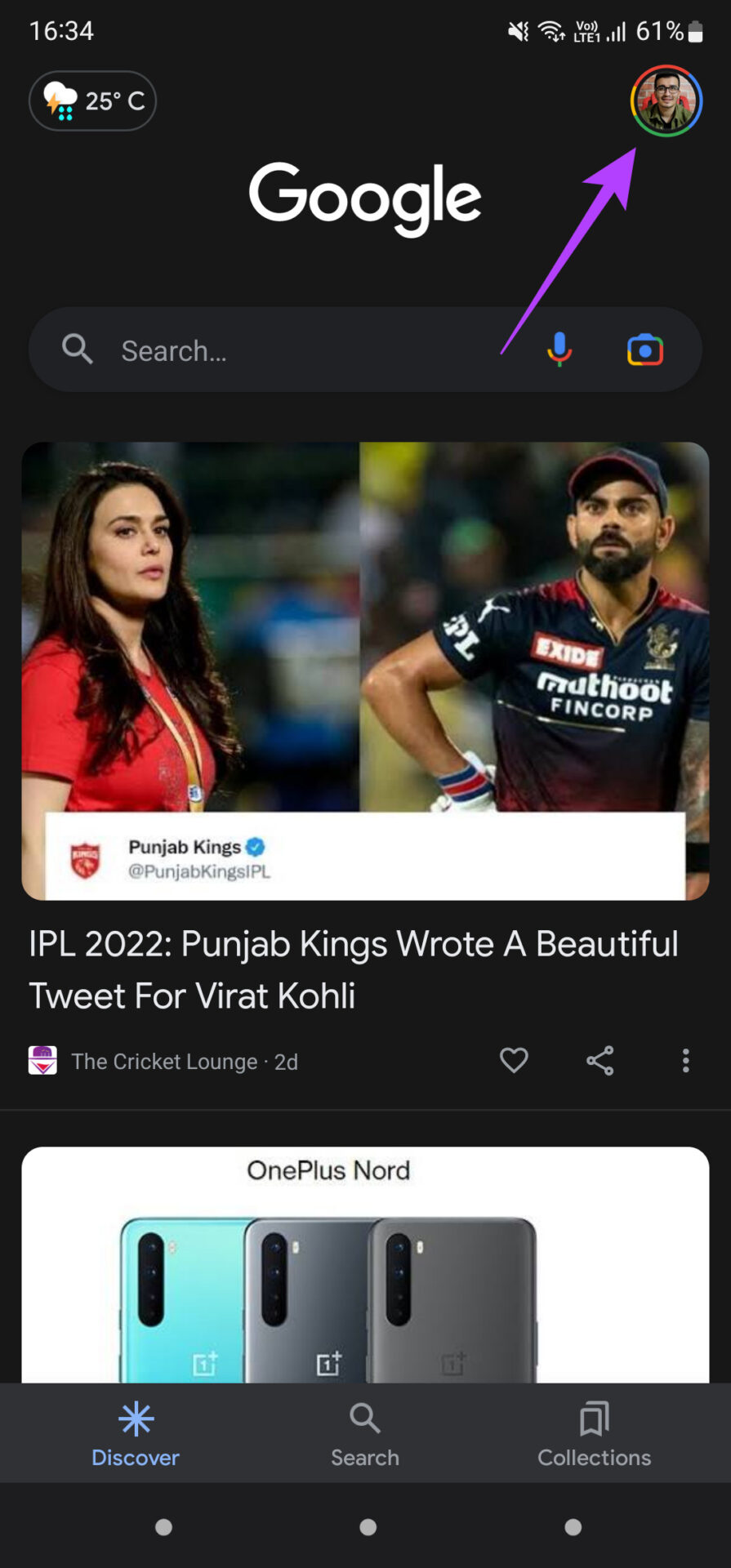
Step 5: Select the Settings option.

Step 6: Now, tap on Google Assistant.

Step 7: Under Popular Settings, select Languages.

Step 8: Ensure the language you select is the same as your phone’s default language. Otherwise, tap on Add a language and select the revelant language that matches your phone’s default language.
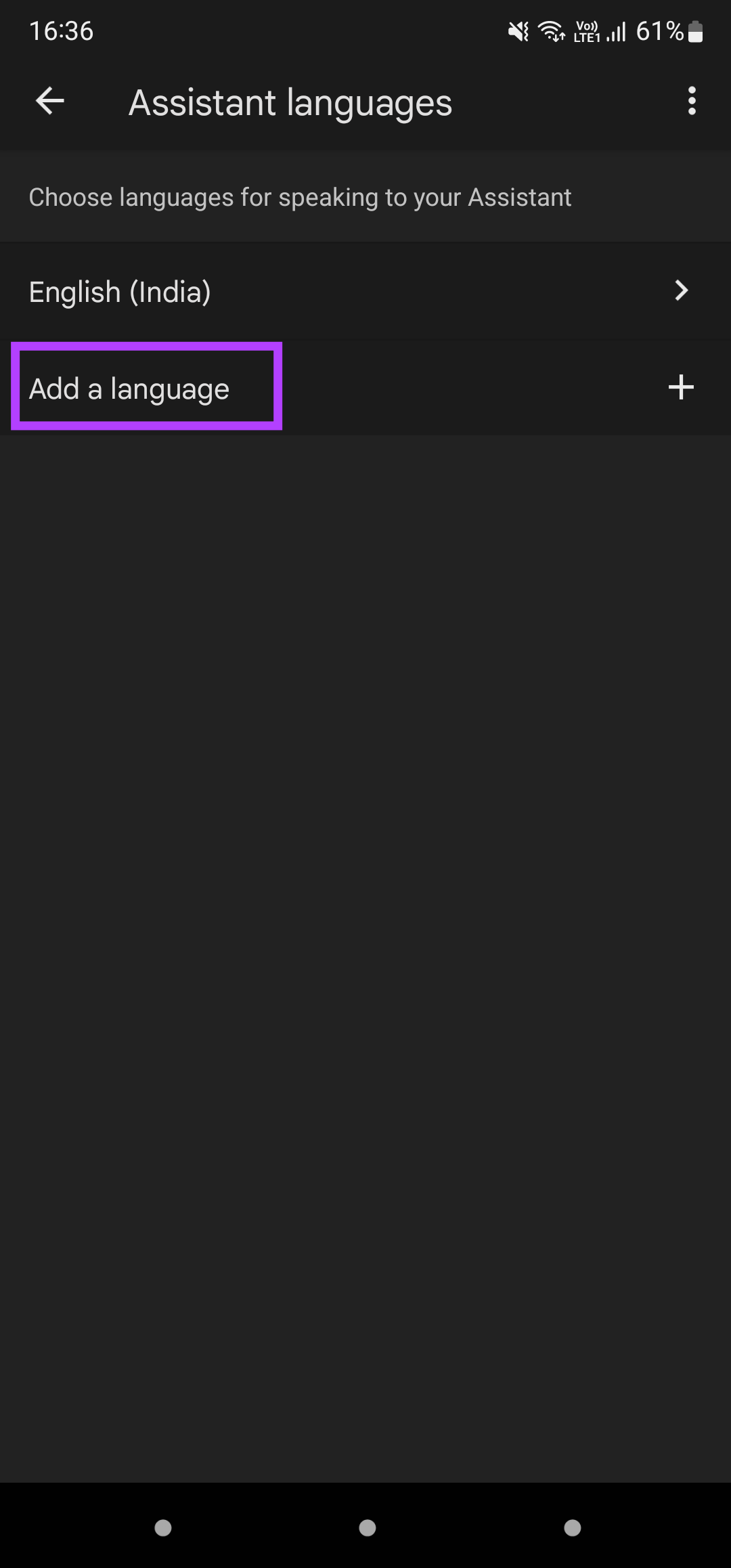
Reboot your phone and give it a while for the new settings to sync across your devices.
2. Ensure Voice Match Is Enabled for External Devices
If voice match is working on your smartphone but fails to work on your Nest speakers or any other external device that supports Google Assistant, there’s a chance that the toggle to enable voice match on those devices is turned off. Here’s how you can turn it back on.
Step 1: Open the Google app on your smartphone.
Step 2: Tap on your profile picture in the top-right corner of the screen.

Step 3: Select the Settings option.

Step 4: Now, tap on Google Assistant.

Step 5: Under Popular Settings, select ‘Hey Google & Voice Match.’
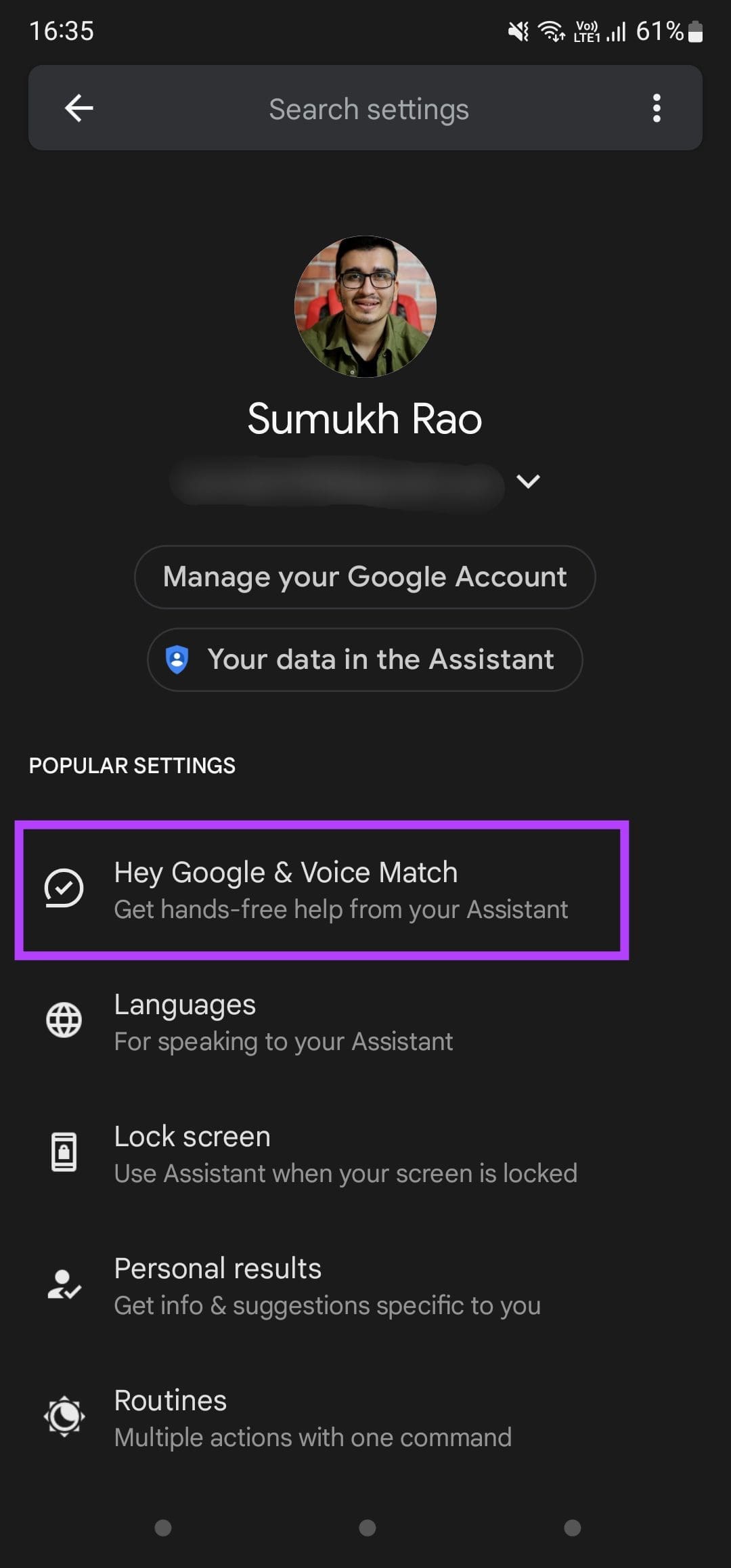
Step 6: Navigate to the Other devices tab by tapping on it.
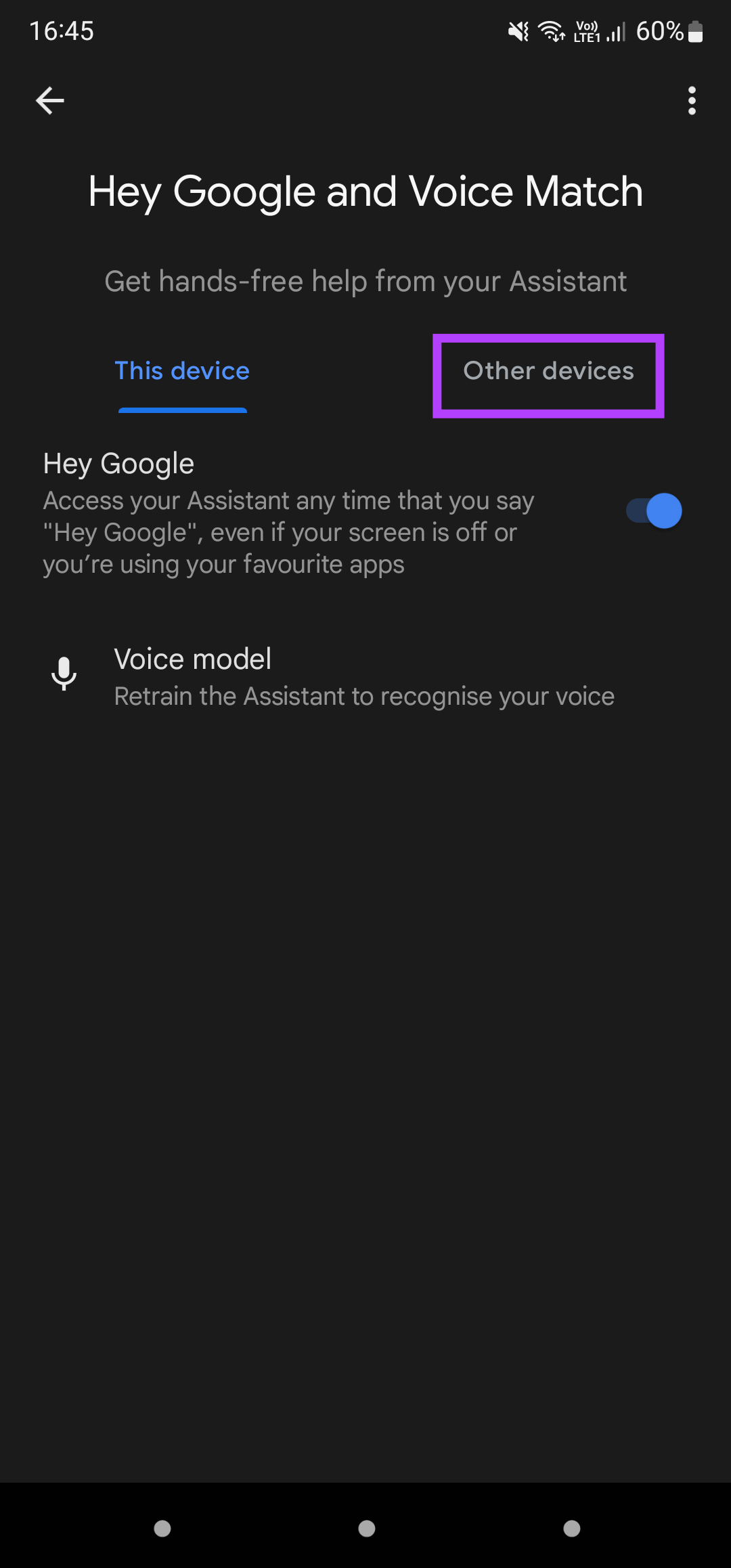
Step 7: Access the list of connected devices by choosing the location which is Home in this case.
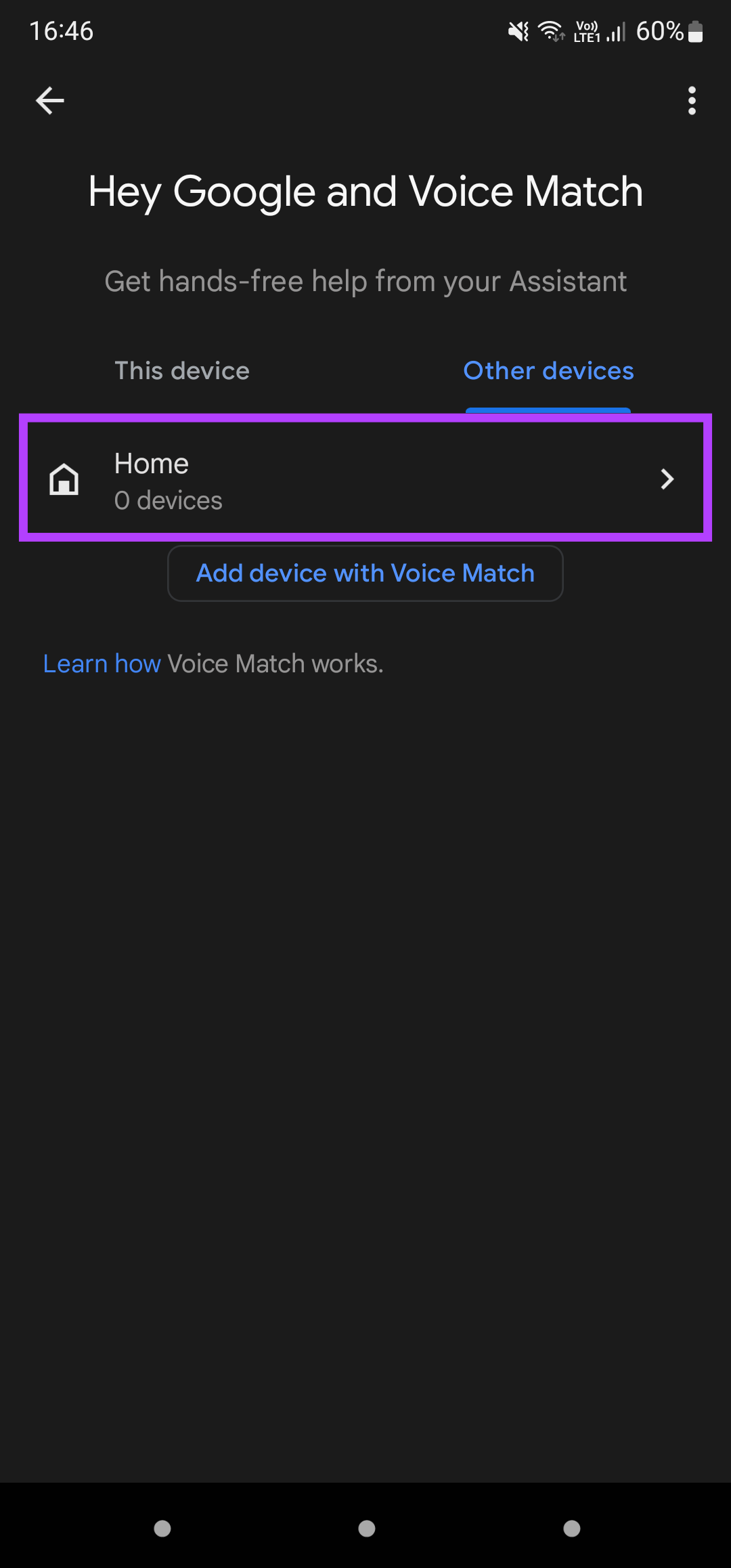
Step 8: Tick the checkbox next to the devices you want to enable Voice Match.
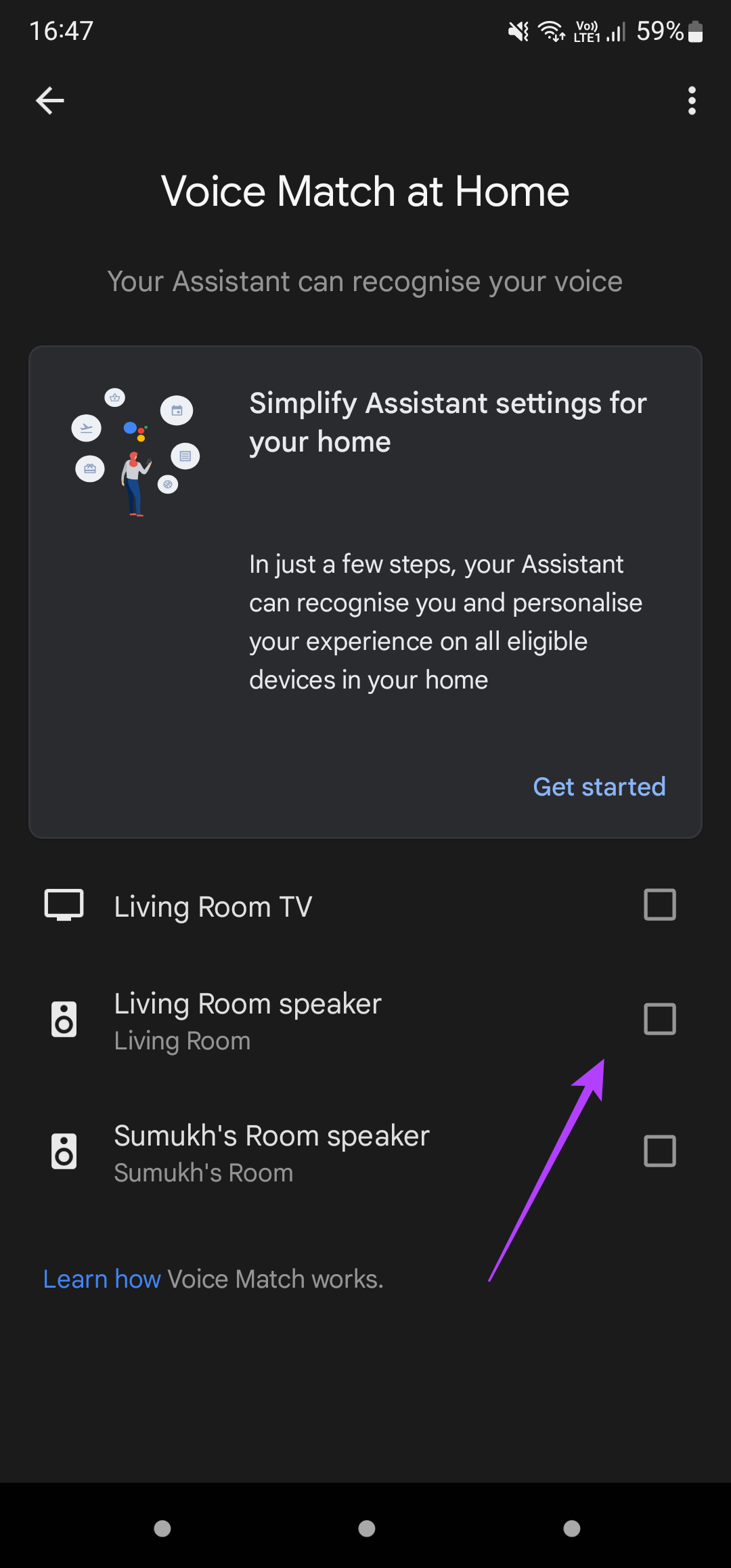
Step 9: If your device isn’t listed here, go back to the previous screen and select ‘Add device with Voice Match.’
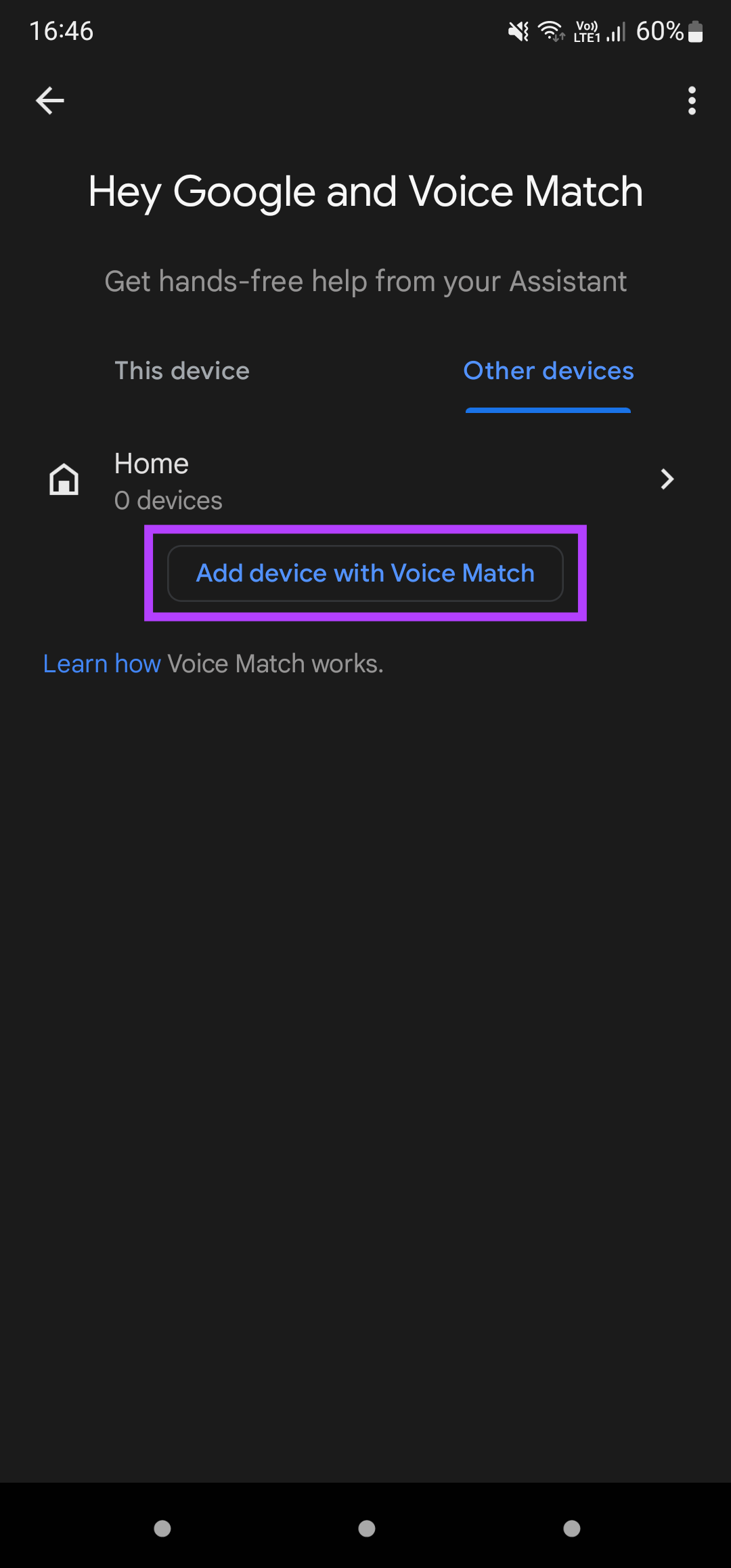
Step 10: Wait for your phone to search for nearby devices. Select the device once found and tap on Continue to set it up.
3. Update the Firmware on Your Nest Speaker and the Google Home App
An older software version may be buggy or may not have some features. This can prevent you from using features like Voice Match. Hence, updating to the latest firmware version can fix this issue. Here’s how to update your Nest device.
Step 1: Open the Google Home app on your smartphone.

Step 2: Tap on the speaker or device you want to update.

Step 3: Use the gear icon in the top-right corner to access additional settings of the device.
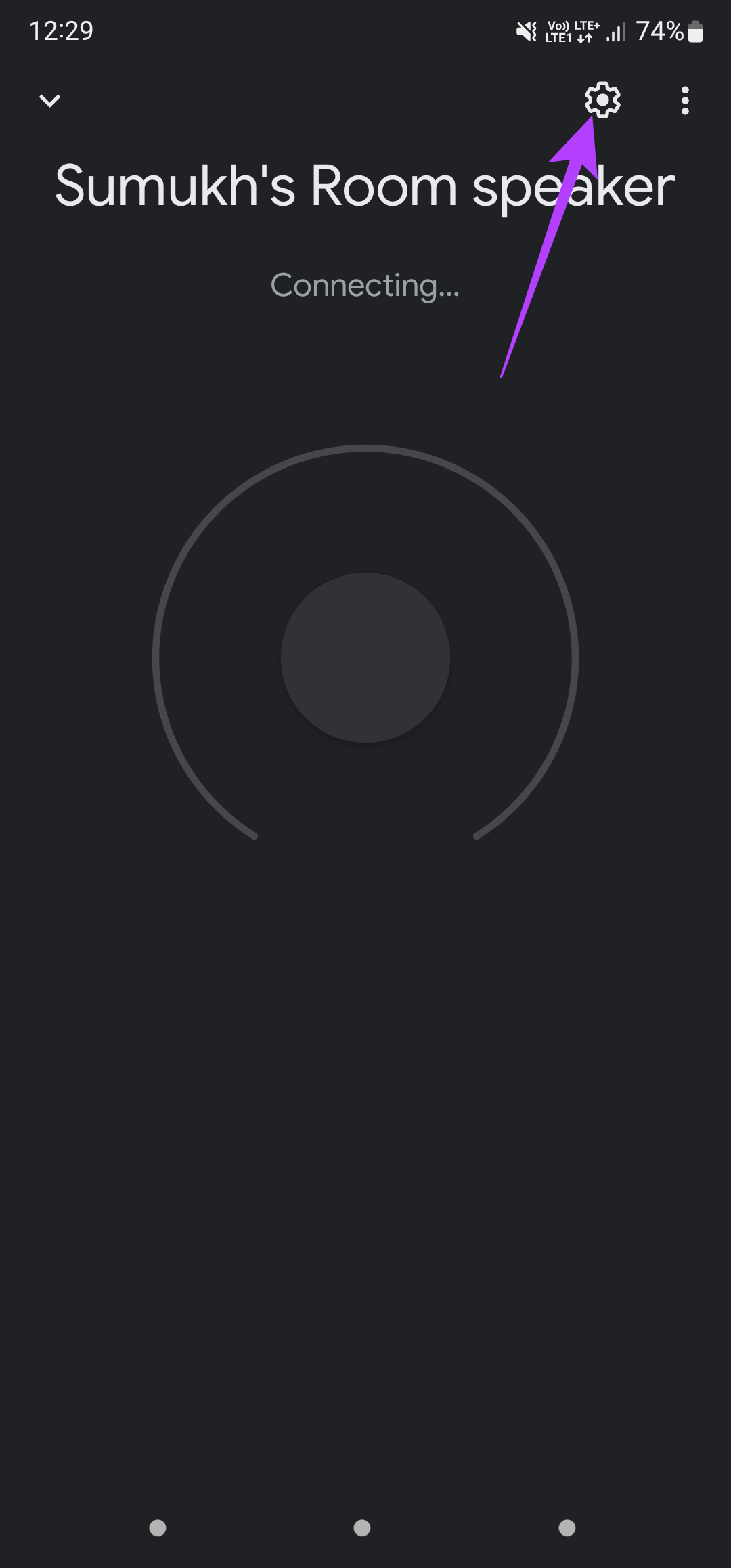
Step 4: Select the Device information option.

Step 5: Under Technical Information, you will see the Cast firmware version listed. Check Google’s support page for the latest firmware version depending on your device.
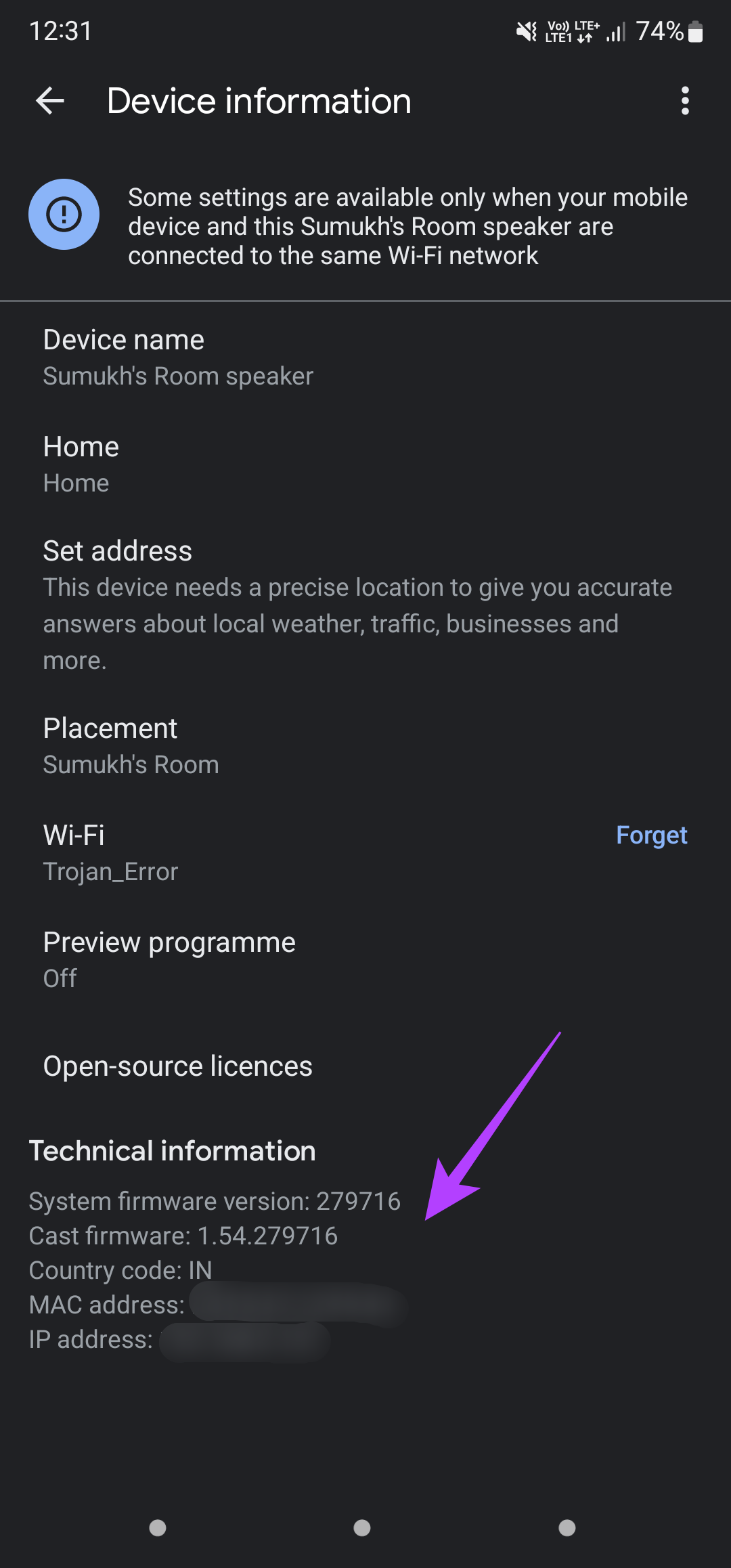
If your Nest speaker doesn’t run the latest firmware, restart it, and open the Google Home app to connect to it. After it connects, you’ll see a notification for an update ready to install. Alternatively, you can also update your Google Home app to the latest version for the best results.
4. Use a Compatible Language
Voice Match is only available to users in select languages. So, if you’re using an unsupported language, Voice Match will not give you personalized results. You can look at Google’s list of supported languages and choose the one that your device supports to use Voice Match.
5. Retrain Your Voice Model
When you set up Voice Match for the first time, the interface will ask you to train your voice model so that Google Assistant recognizes it easily. While setting this up, if there was noise in the background or someone else speaking, it could have interfered with the recognition algorithm. To fix this, you can retrain your voice model on Google Assistant. Here’s how.
Step 1: Open the Google app on your smartphone.
Step 2: Tap on your profile picture in the top-right corner of the screen.

Step 3: Select the Settings option.

Step 4: Now, tap on Google Assistant.

Step 5: Under Popular Settings, select ‘Hey Google & Voice Match.’

Step 6: Tap on the Voice model option to retrain the assistant to recognize your voice.
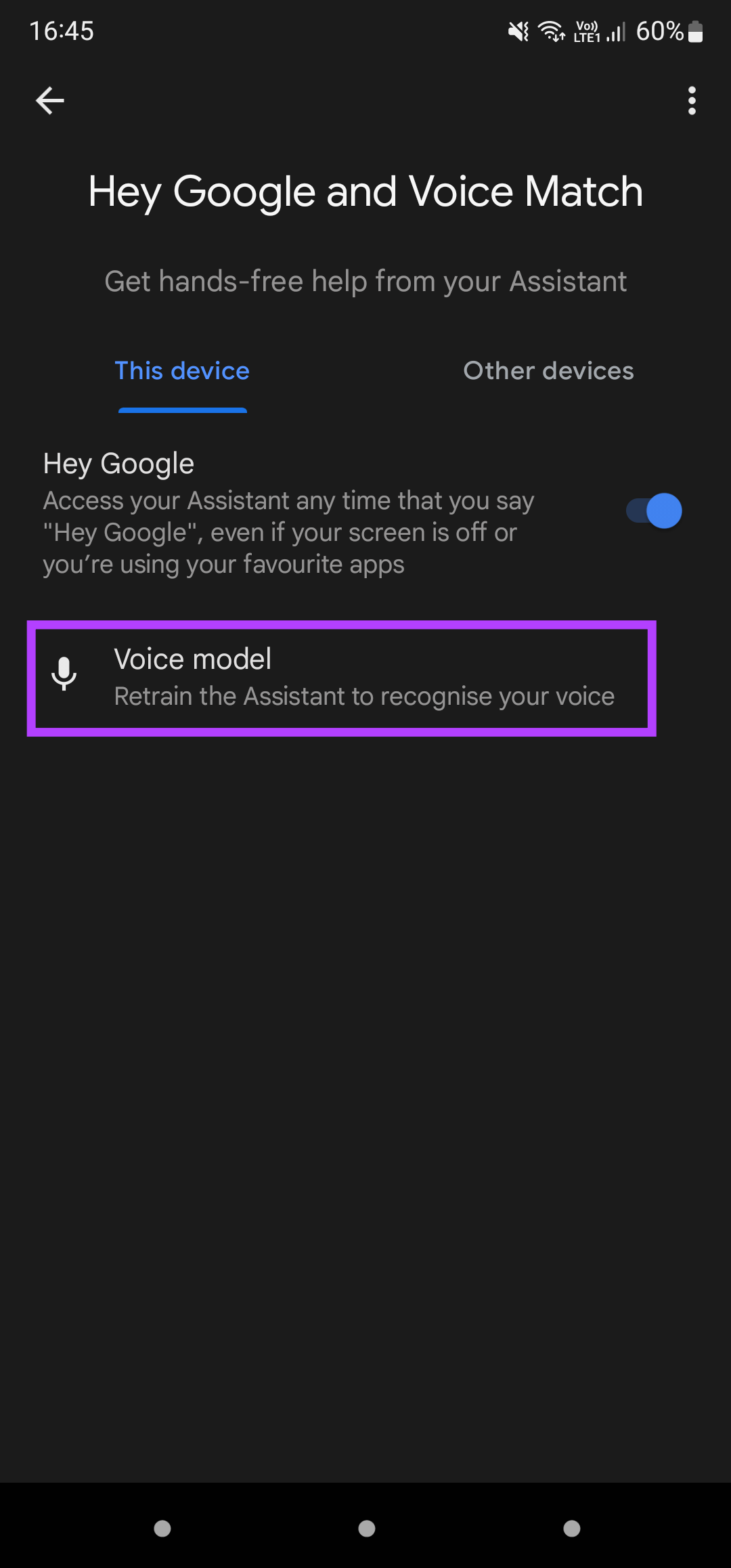
Step 7: Select Retrain voice model.
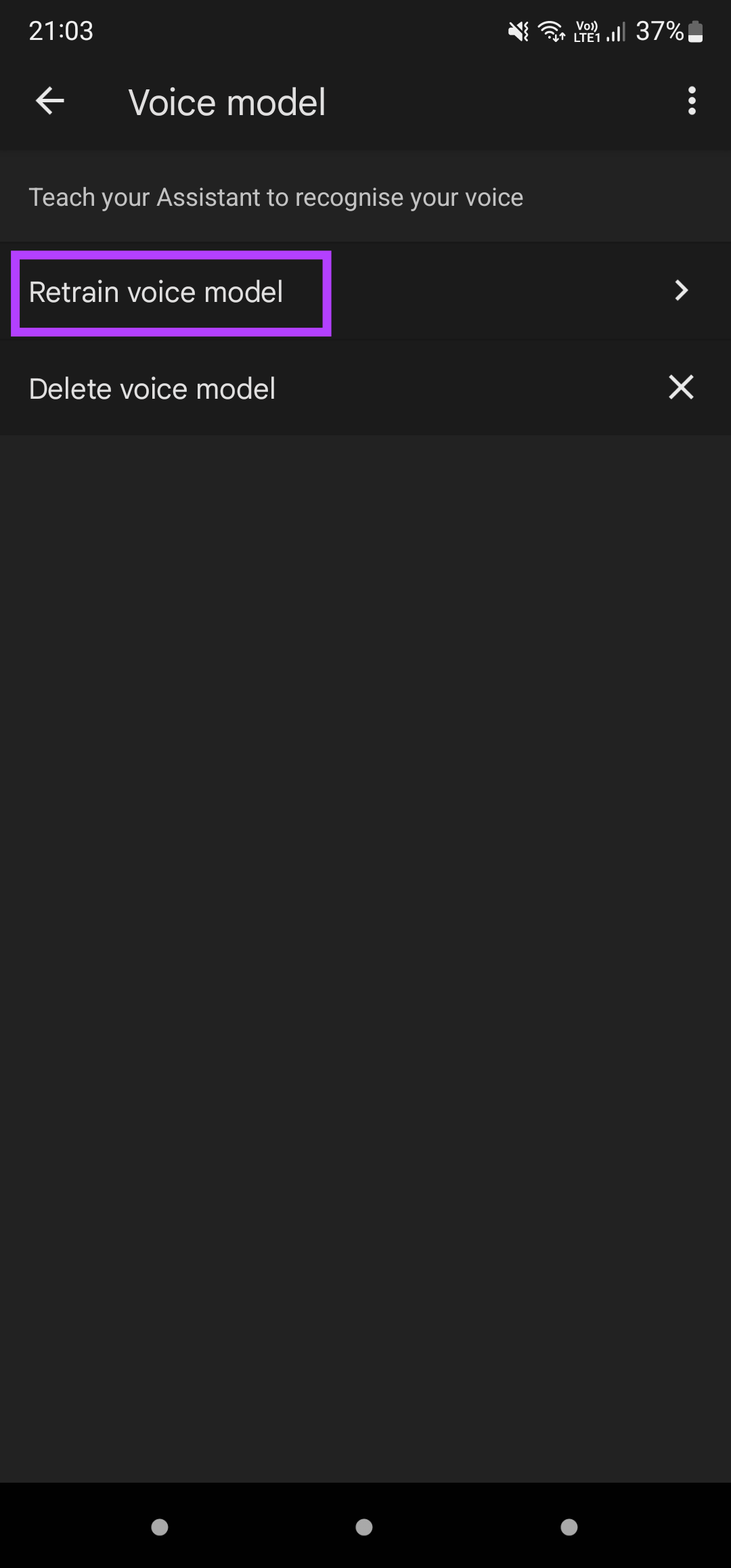
Follow the instructions on the screen to complete the retraining process.
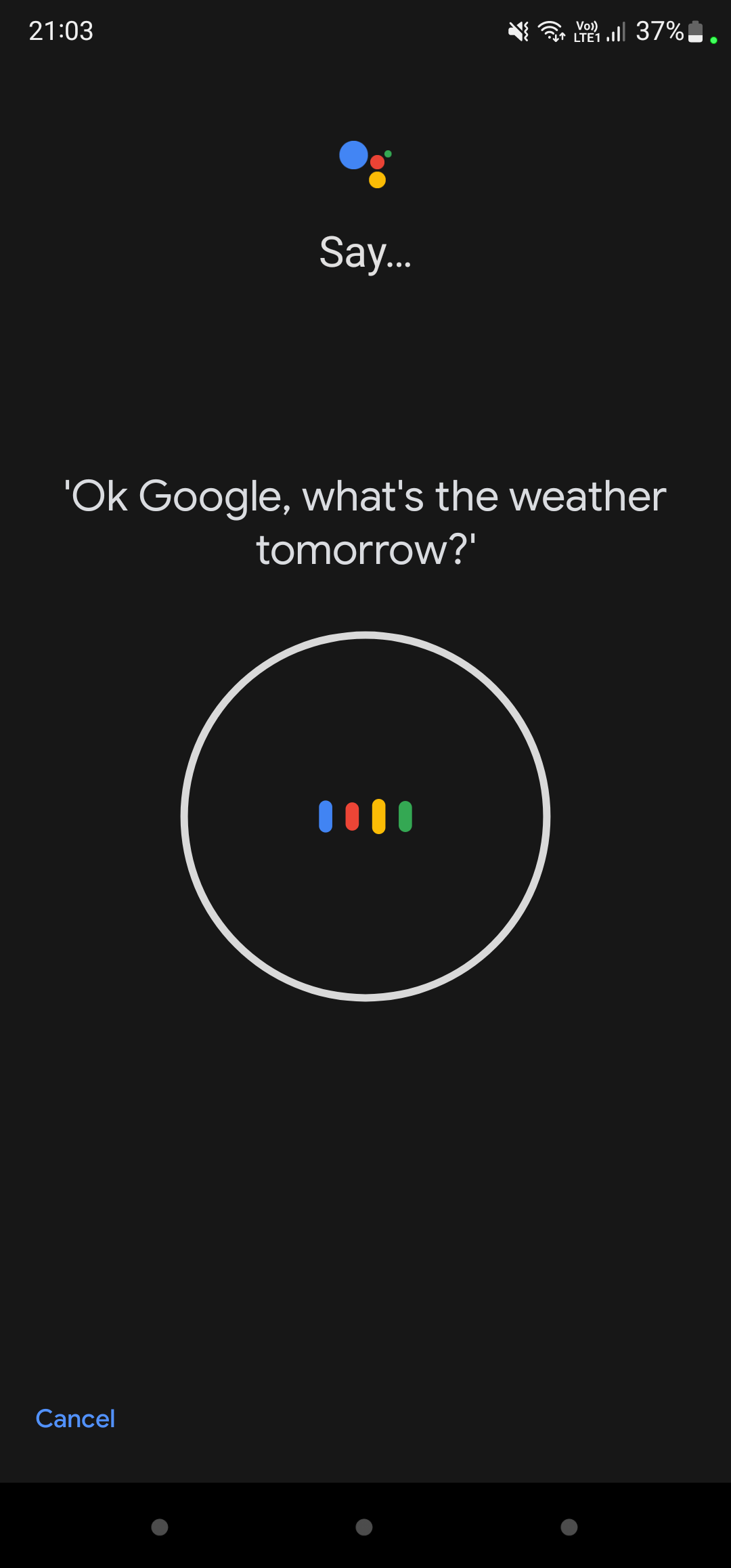
Access Personal Results on Google Assistant With Voice Match
By setting up Voice Match on either your phone or a Nest speaker/display, you can access your data with your voice and even place calls or send messages just with the help of a few instructions. These steps should help you fix the issue if Voice Match isn’t working as expected on your device.
Was this helpful?
Last updated on 17 May, 2022
2 Comments
Leave a Reply
The article above may contain affiliate links which help support Guiding Tech. The content remains unbiased and authentic and will never affect our editorial integrity.

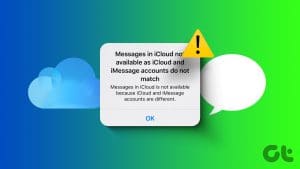
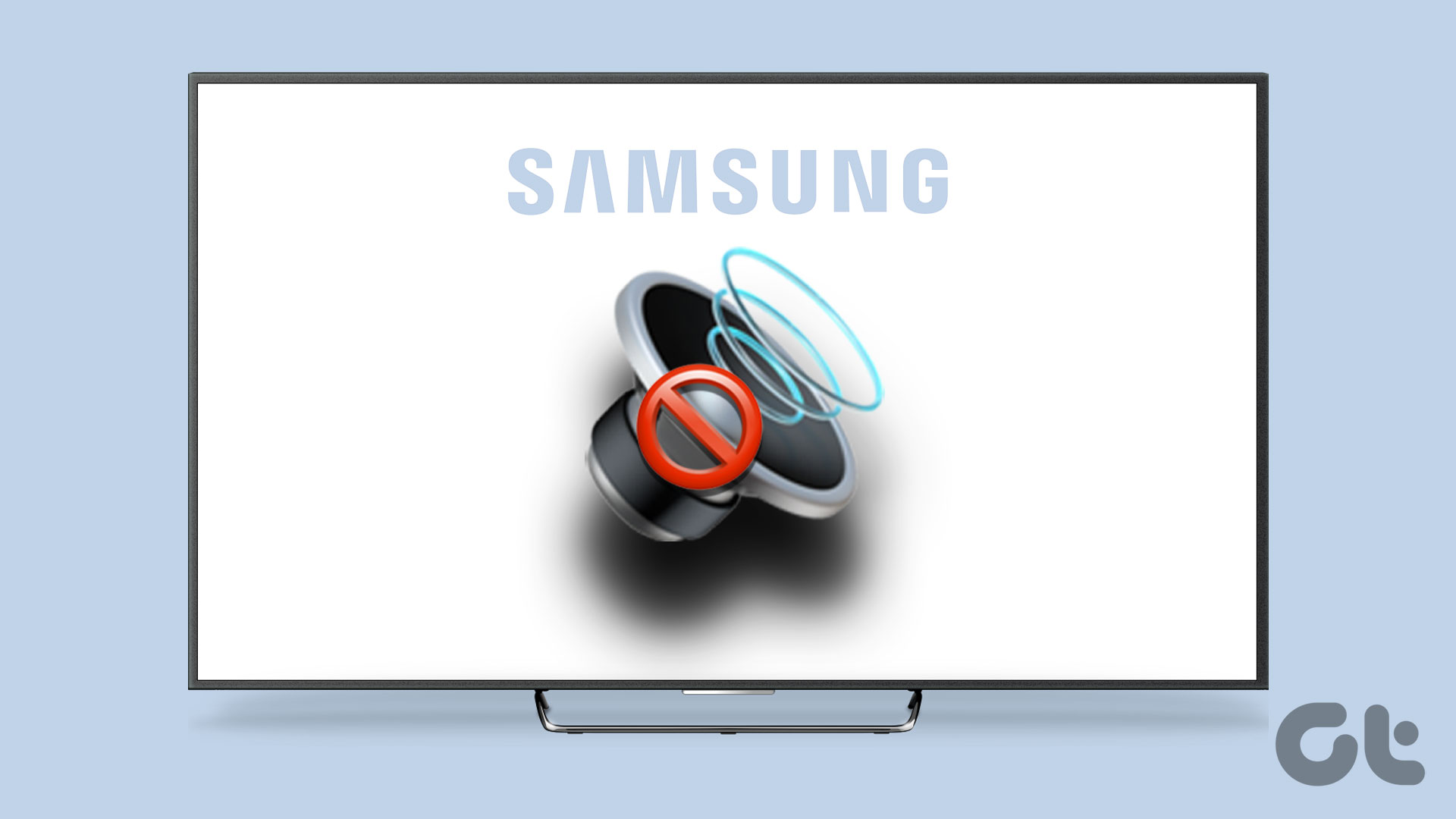



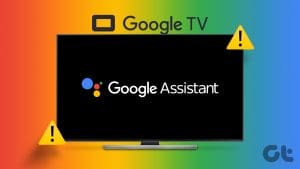
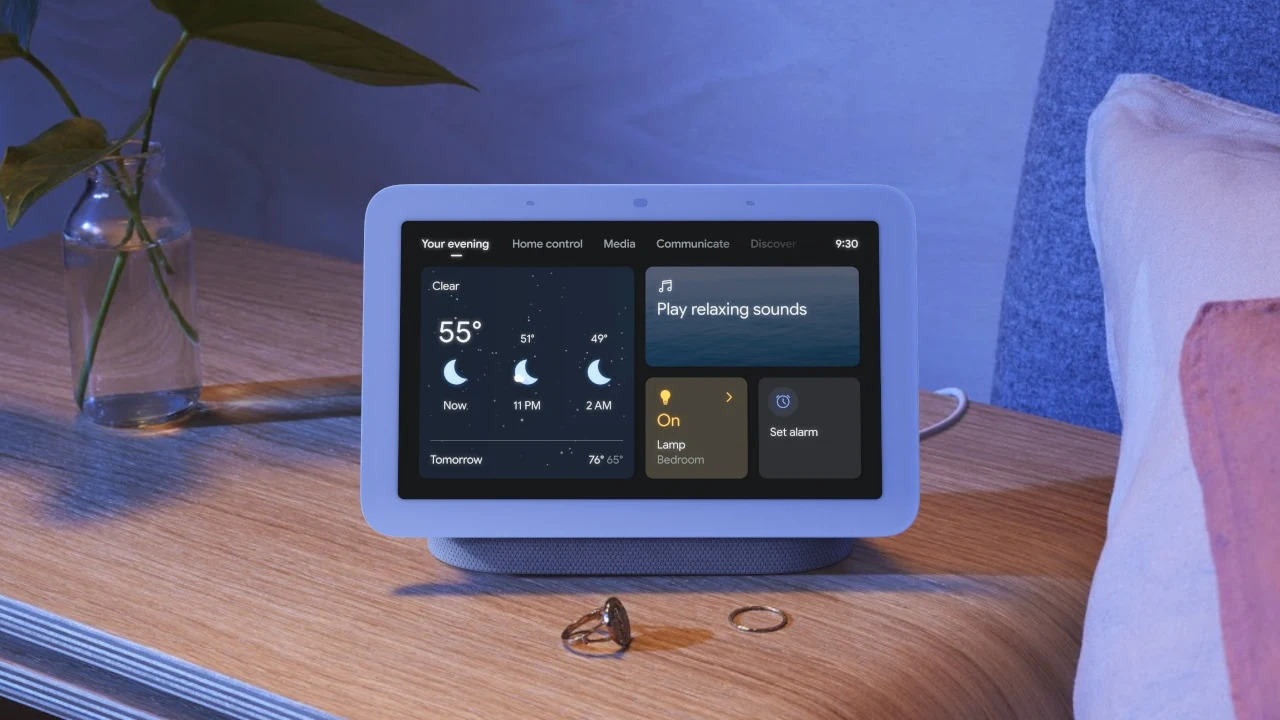

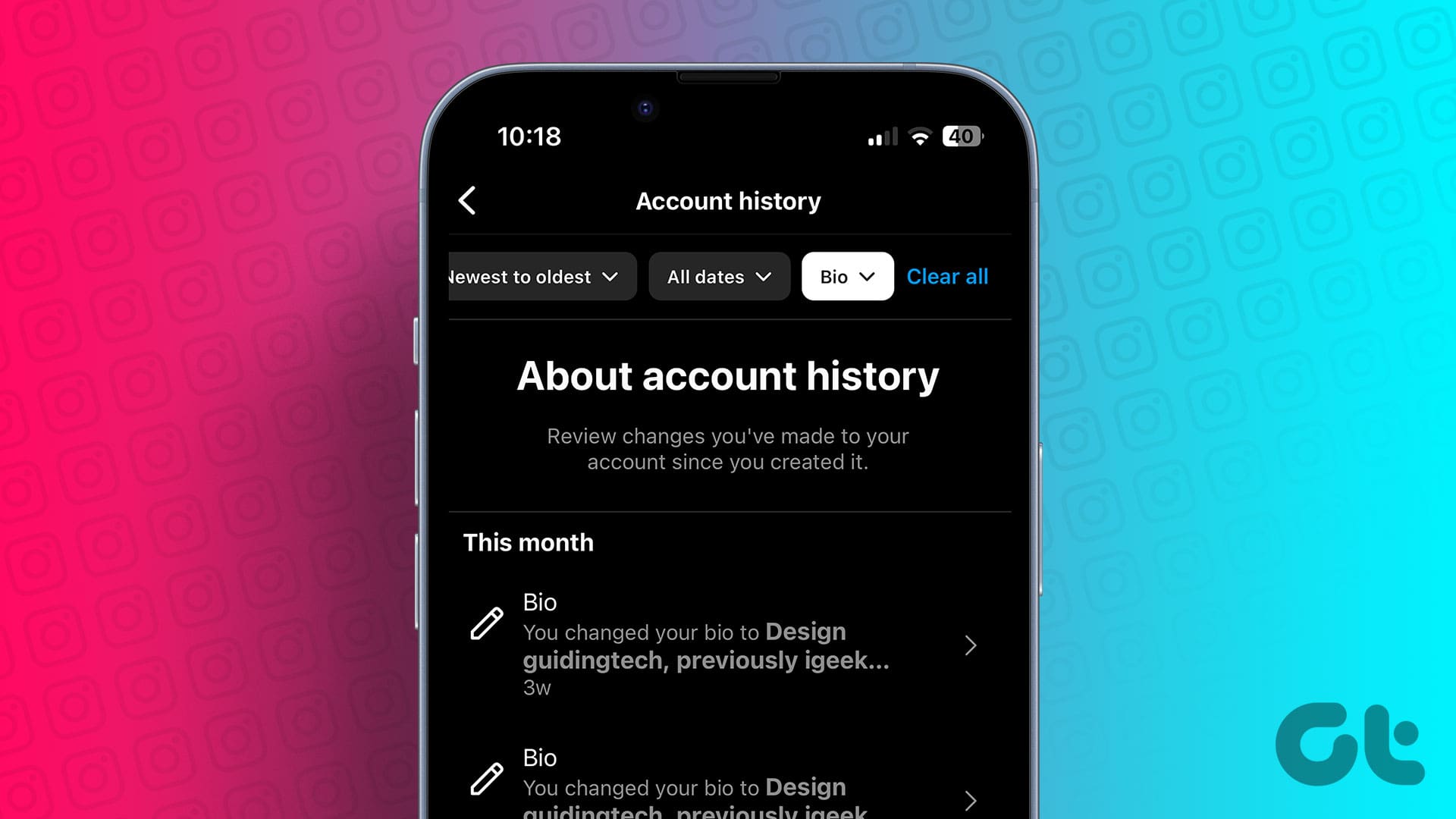

This article is all about the voice recognition model. Most of the time it works fine.
What doesn’t work consistently well in the world outside a lab is its general language recognition and interpretation.
My household today is 100% Google tech. We don’t own a PC, Mac or other device that doesn’t run a Google OS. They have a few limitations, but can do all the things we need to do consistently, well and reliably. This is in contrast to my 40 years of experience with Microsoft and Apple where something was breaking every month, interrupted production, and required hours of work to restore the business environment I supported to full functionality. I was good at it and was well paid but it was an otherwise thankless job.
I don’t expect much from these voice remote terminals of Google servers. What I did expect was that once set up they would save me time by reducing the need to use a keyboard for simple actions and Google information queries. That hasn’t proven to be the case, and the error rate (which I track) has steadily grown over the past 3 years to become unpredictable and unreliable.
I use the Assistant for very few things. I have created Routines for those that I use most often, eg for turning on and off lights and a TV set that has Smartcast. For each Routine I have the three most often used brief form of requesting that action in common English.
Here’s a common issue:
I have one controllable set of lights with a smart switch that is awkward to turn on and off manually
“OK Google, Turn in the lights” has a 25% chance of receiving the response “I’m sorry, I can’t find any dimmable lights” the first time it’s requested. The second time, asked in the same tone of voice, works properly.
Today I said, “OK Google, turn off the lights”. What it logged without saving a recording was,”Turn off all alarms”.
This isn’t voice to text interpretation and it’s ridiculous. The last time I set an alarm was many hours ago through a different device in another location.. Even if the Assistant uses past requests as a context indicator, Routines should always take precedence over history AFTER speech to text has been performed.
If this were a human assistant hired as a summer intern with no experience, I would have replaced it long ago. My mistake was believing that like its other apps, Google would steadily improve the language comprehension to make it more usable over time, or else recognize that it hit a wall and replace it with another app. That hasn’t been the case. Instead it has actively marketed the immature software to multiple 3rd party hardware makers to obtain licensing revenue, and the Home app has become more arcane with each release.
I’m getting too many irrelevant responses to general information inquiries and “I don’t understand” responses to simple commands to things that when typed into a Google device return the needed response the first time. n I’m considering turning off the Assistant everywhere, using only the Dictation features of my Android and Chromebook device, and starting over from scratch with the Amazon “assistant”.
I’m hoping that a company that built its success on delivering good customer service has a more productive product.
Very clear instructions, thank you.
As an aside my Fold 3 had English (New Zealand) as my default language but this wasn’t an option under Google Assistant only English (Australia). Because of this I couldn’t do the Voice Match. I now speak Australian.